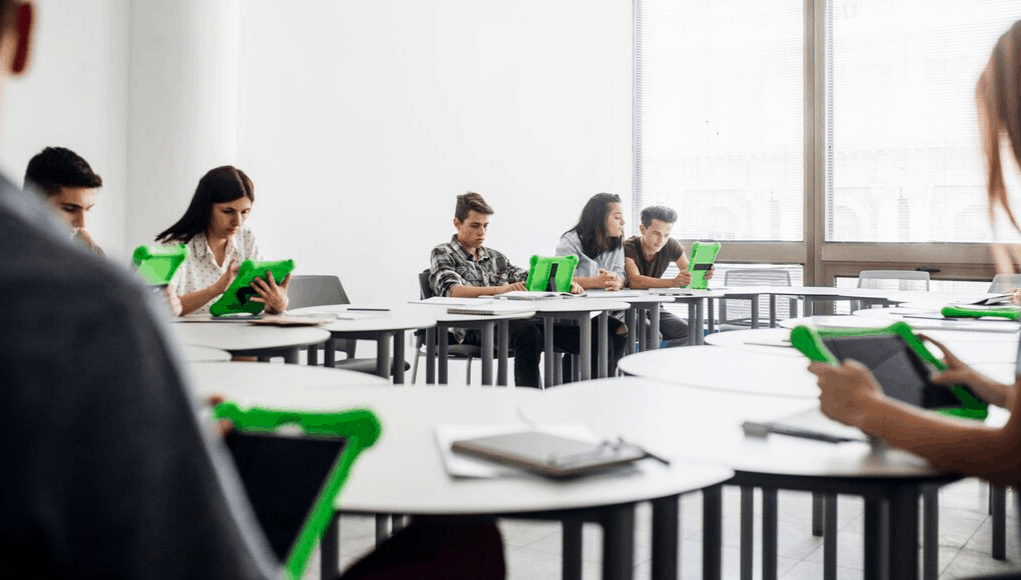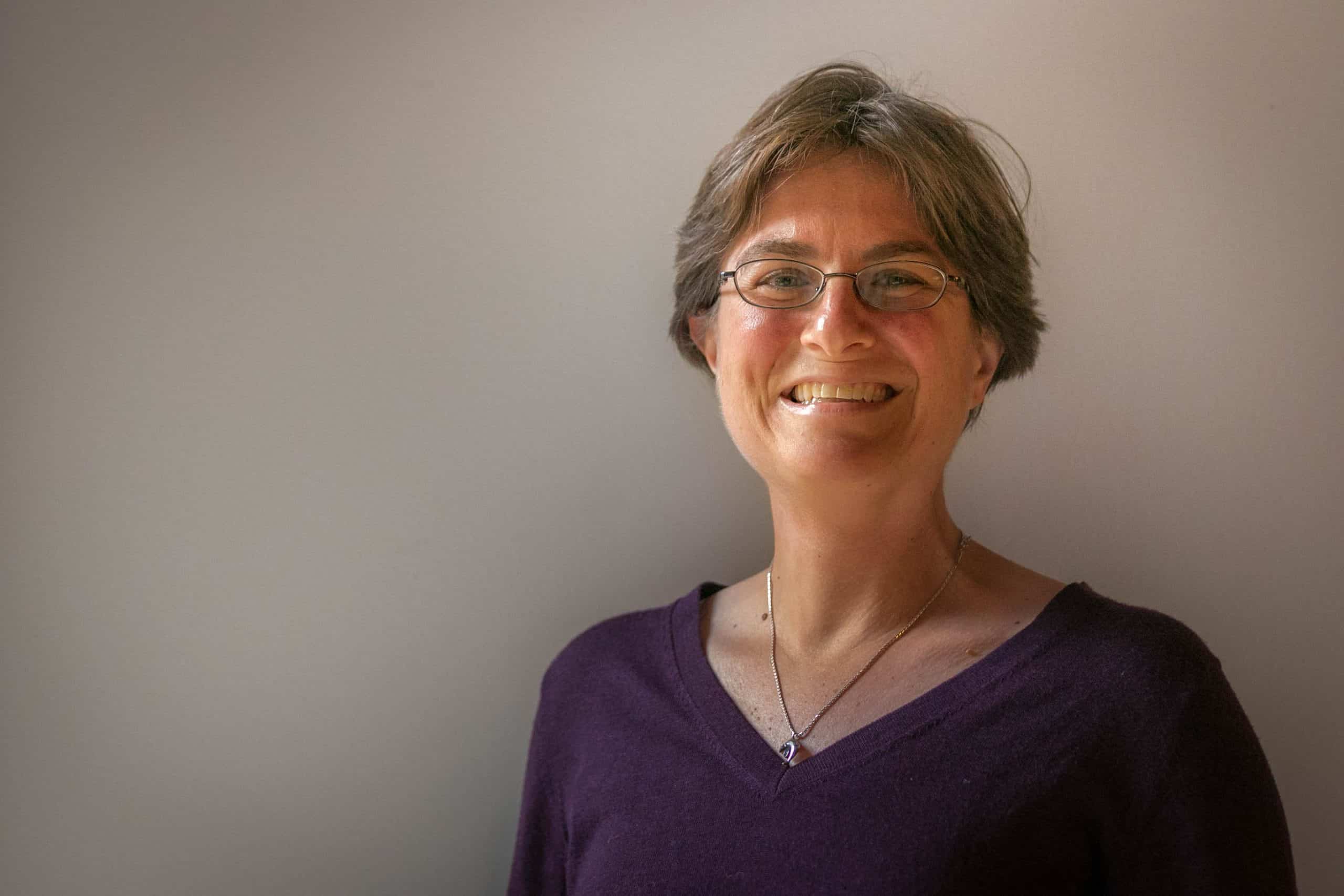Future Trend: Designing Schools for How Humans Learn

In 2001, Marc Prensky coined the term ‘digital native’ and proclaimed that existing schools would prove to be obsolete for modern students. Though this theory has been debunked, Prensky’s narrative has served as a catalyst for calls to innovate education. Ironically, in the forward to Allan Collins’ and David Halverson’s 2013 book, Rethinking Education in the Age of Technology: The Digital Revolution and Schooling in America, renowned scholar John Seely Brown describes the epitome of the future of education using an iconic image: the one-room schoolhouse.
Brown argues that in the digital revolution, technology will enable the best practices of the past. Armed with new tools, students could experience the active, social, and meaningful learning that occurred over a century ago. While technologists and edtech enthusiasts extol the potential effects of future technologies, in order to understand how we can create learning environments that prepare students for their future might once again require an examination of what we already know. As Dr. Joshua Eyler (@joshua_r_eyler), director of faculty development and director of the ThinkForward Quality Enhancement Plan at the University of Mississippi explains in How Humans Learn: The Science and Stories behind Effective College Teaching, learning is evolutionary and as much a part of our genetic make-up as a product of our educational system. Therefore, whether referring to the current era as the Fourth Industrial Revolution or The Age of Agility, one tenet holds constant: schools should not only prepare students for active participation in a networked, global economy, but also for lifelong learning. To do this, Eyler promotes five critical concepts to frame the design instruction for the future:
One: Curiosity
Throughout history, curiosity has been a critical component of learning. Without wonder or inquisitiveness, learning rarely happens. Think about small children. To learn about the world, they explore with their senses, building mental models through touch, sight, hearing, and even taste.
At an academic level, scholars ask research questions to construct knowledge. Whether that curiosity leads to a solution or a dead-end, the experience of wondering forges new connections and understandings. Given the rhetoric that today’s students will need to seek out novel solutions and prepare for an unknown future, curiosity is both a trait to nurture and a pathway to learning. Consider strategies like understanding by design and project-based learning. At their core lies the idea of inquiry; that experiences should drive and foster curiosity as students construct their own sense of reality through social learning.
Two: Sociality
Social psychologist Lev Vygotsky argued decades ago that learning manifests through language and communication. While it is possible to learn independently, most learning occurs through social interactions and play. For example, the Reggio, Waldorf, and Montessori models all encourage children to ask questions, explore with peers, and play with learning. These tenets certainly translate to older students as they also need to engage in dialog both to formulate ideas, knowledge, and theories as well as to receive feedback or validation.
As Eyler writes, “play helps to cultivate creative thinking and provides students with an opportunity to explore multiple sides of an issue in ways other teaching strategies might not allow.” Whereas traditional classrooms encourage quiet learning, often in solitude, and a transmission of information from teacher to student. Ideal learning environments should encourage conversation, curiosity, and play.
Three: Emotion
Though sociality contributes to learning, Eyler explains that emotion “adds substance, nuance, and contours to our social interactions.” From a neurological perspective, learning occurs as the brain builds patterns. However, a brain experiencing stress, confusion, or turmoil thwarts that process both from a biological and a psychological perspective, often manifesting as fight-or-flight reactions in threatening situations or the notion of toxic stress.
On the other hand, enthusiasm and joy serve as powerful motivators. When students feel safe and cared for, they become more apt to deeply engage in the process of learning and more confident with the social structure of the environment. As educators build personal relationships with their students to create this sense of psychological safety, they also learn more about how to scaffold instruction and tap into student interest as a means to truly personalize learning.
Four: Authenticity
Throughout history, teachers have dreaded the question “Why do I have to learn this?” However, that question most likely correlated to a moment when the content or skill seemed disconnected from the student’s reality. Current instructional trends advocate for real-world problem solving and sharing or publishing to a real audience, but Eyler argues that an authentic experience is more valuable than a real one.
Not only does learning need to feel connected to the world outside the classroom, but it also requires students to do work that feels authentic to them. Students need to act as historians, mathematicians, scientists, and scholars of literature. Assignments and activities should feel immersive and compelling such that students want to pay attention because the experience feels valuable. Consider the student who can become an expert at Minecraft, dance, or baseball but not apply the same level of focus in class. This is a clear sign that their school learning lacks authenticity, essentially preventing any learning from occurring.
Five: Failure
Numerous debates over the value of failure exist. Some argue that failure is a natural result of trying something new. Others proclaim that stakes are too high to fail. Eyler asserts that if educators create low-stakes conditions for students to fail, and then provide guidance, scaffolding, and time for reflection, then failure becomes a catalyst for learning.
Few concepts exemplify this idea better than maker ed. Students have the time, space, and resources to try, test, fail, iterate, and try again. In these contexts, students often explore and create something of interest; collaborate and share with peers; and then create an artifact that is meaningful to them. Failure is part of the process and viewed simply as an opportunity for improvement.
Once again, as a new school year begins, articles will emerge touting the latest trend in education and the new future of education as dictated by some innovation or technology. However, as Eyler helps us to understand, we have always known how humans learn. The question is whether we will design learning environments that maximize our students’ experiences.
For more, see:
- The Future of Learning, What’s NExT?
- Futureproof Your Students with These Essential Skills for 2030
- 4 Ways Project-Based Learning Prepares Students For the Future of Work
Stay in-the-know with innovations in learning by signing up for the weekly Smart Update.


0 Comments
Leave a Comment
Your email address will not be published. All fields are required.